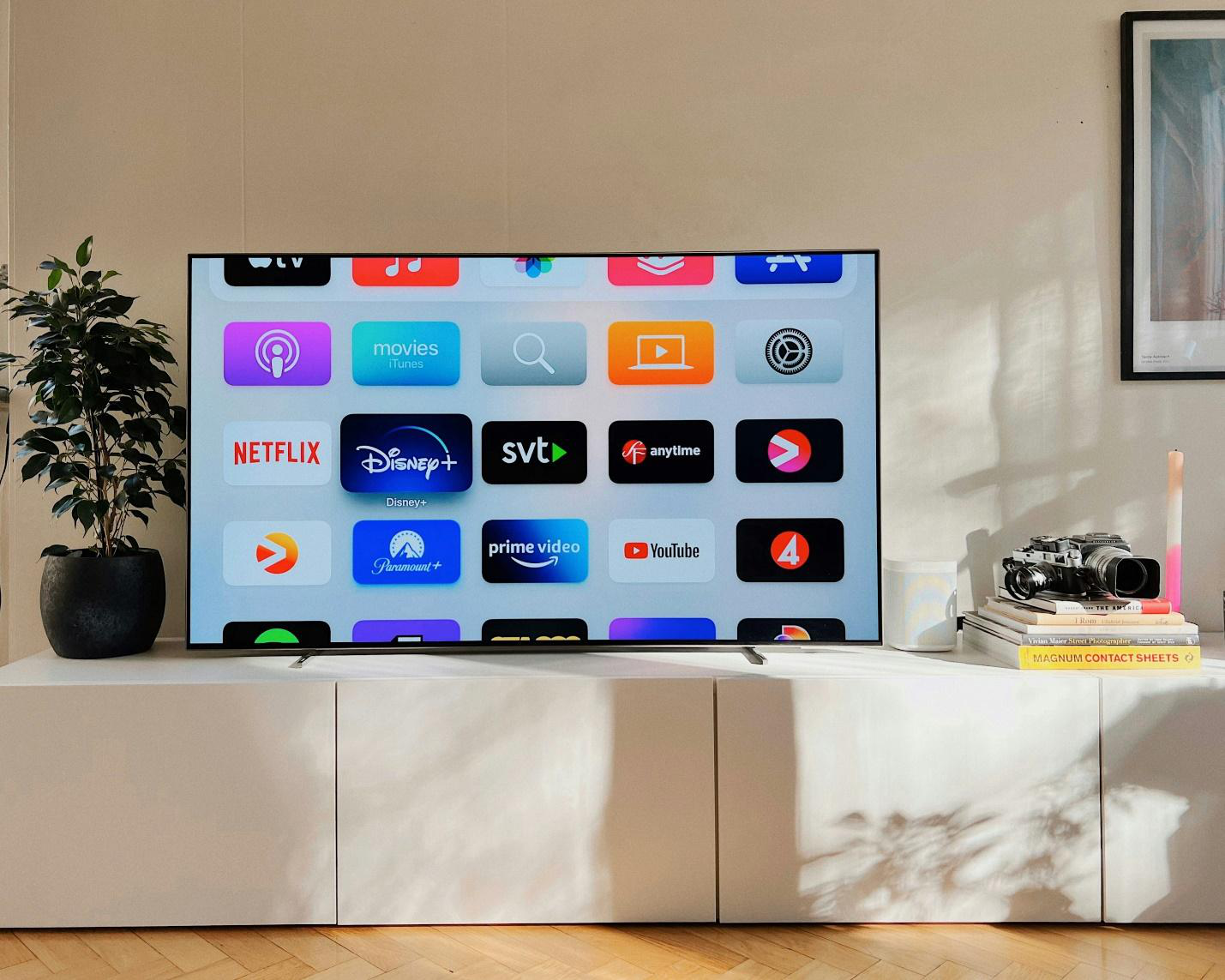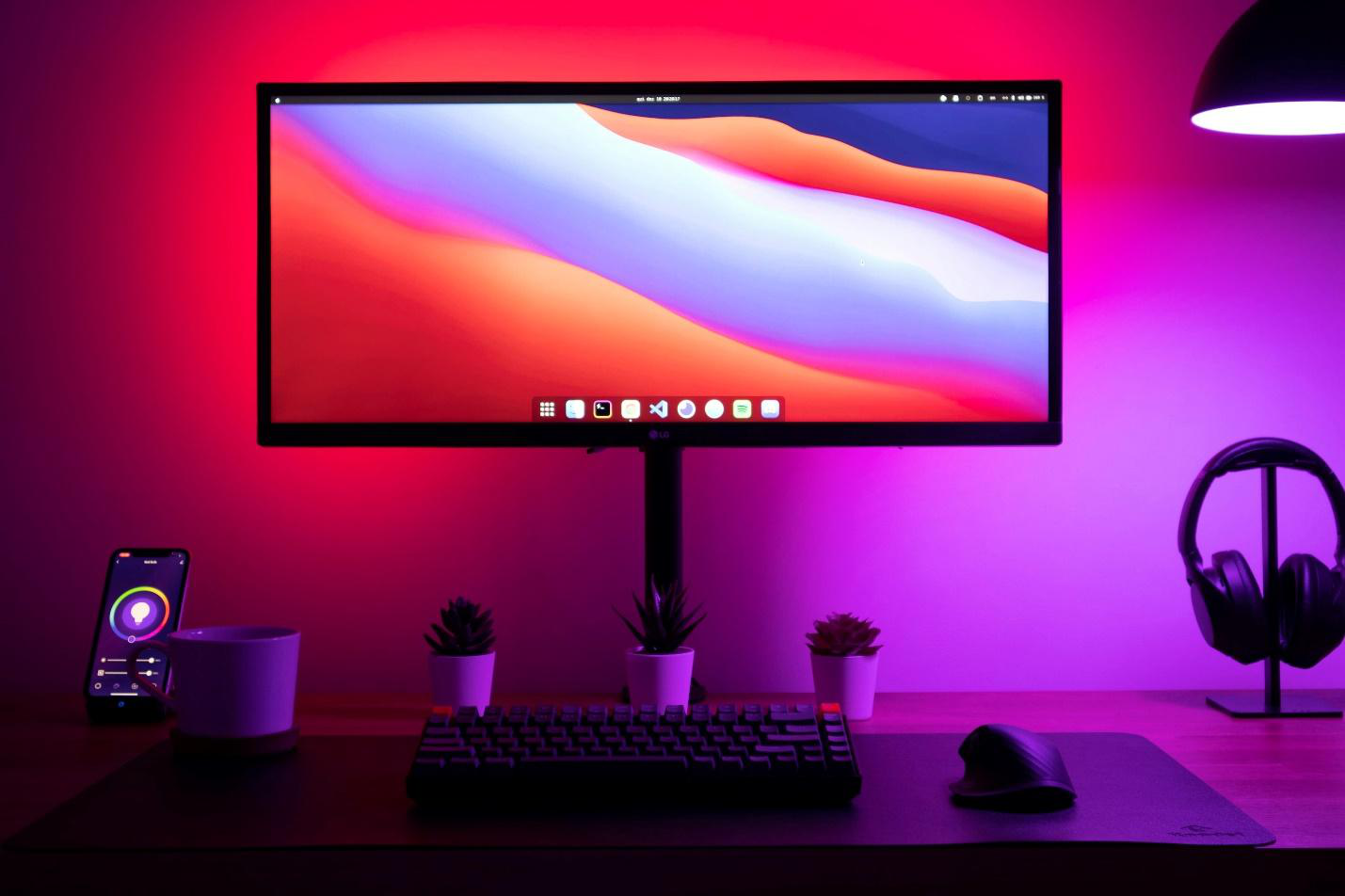In a world where digital content is abundant, the demand for unique, compelling material is growing rapidly. Have you ever wondered how much time and energy are spent creating the perfect social media post, blog, or video content? By 2033, the global AI market is expected to exceed $3.5 billion, largely driven by advancements in generative AI.
This technology is no longer just about automating tasks—it’s about adding creativity, customization, and efficiency to the content we produce, whether that’s in art, music, business solutions, or even personalized marketing.
AI Report Central brings you the latest insights and updates in artificial intelligence, empowering you to stay ahead in an ever-evolving tech landscape.
In this blog, we’ll break down the latest in generative AI, looking at how it’s changing content creation for art, music, written content, and beyond. We’ll highlight its consumer and business applications, recent breakthroughs, and the ethical questions surrounding its use, giving a clear view of how AI content creation is shaping the modern world.
What is Generative AI?
Generative AI refers to systems that create content from scratch, based on a set of instructions, patterns, or datasets. This type of artificial intelligence uses algorithms, often based on neural networks, to generate text, images, audio, and even code. While traditional AI focuses on analyzing data and automating processes, generative AI moves a step further by crafting new, original content that can closely mimic human creativity.
The Consumer Side: Creative Content for All
One of the most visible impacts of AI content creation is on art and music, where it offers exciting new possibilities for creators of all kinds. Apps and platforms that allow users to generate custom artwork, music, and writing are increasingly popular, empowering those without traditional creative training to produce high-quality work.
- Art Creation:Platforms like Midjourney and DALL-E allow anyone to create visually stunning art through simple prompts. These tools use extensive image databases to replicate a variety of art styles, enabling users to produce unique visuals tailored to personal or professional needs.
- Music Composition:Generative AI in music is also on the rise, with tools like Amper Music and OpenAI’s MuseNet generating custom compositions. These platforms allow users to experiment with different musical styles and genres, giving rise to novel musical creations that can serve as background tracks, intros, or even complete pieces for digital content.
- Written Content:AI content creation tools like ChatGPT and Jasper are transforming the way we approach writing. From blog posts and social media captions to entire product descriptions, these tools help generate engaging and relevant content quickly and easily.
Business Applications: A New Era for Content Marketing and Customer Engagement

For businesses, generative AI offers a range of practical applications, from content marketing to personalized advertising. Here’s how companies are using the latest in generative AI to improve customer engagement and increase productivity:
- Enhanced Content Marketing:Generative AI can craft tailored blog posts, emails, and social media content to engage customers more effectively. Tools like Copy.ai and Writesonic can produce content in multiple styles, making it easier to reach diverse audiences without investing extensive time and resources in writing and editing.
- Product Descriptions and Advertisements:Many e-commerce brands use AI-generated product descriptions and targeted ads to promote their goods. By processing user data, generative AI can create tailored descriptions and ads that appeal directly to individual preferences, enhancing the potential for sales conversions.
- Customer Support and Chatbots:Advanced chatbots, powered by generative AI, are now capable of simulating human-like responses and handling complex customer inquiries. This allows businesses to provide 24/7 support while significantly reducing operational costs. For small businesses looking to implement AI, these chatbots offer an affordable way to enhance customer service.
Recent Breakthroughs in Generative AI
As generative AI continues to evolve, we’re seeing notable advancements that push the boundaries of content creation:
- Improved Natural Language Processing (NLP):NLP advancements make AI-generated text more human-like and contextually accurate, allowing it to engage readers in a way that feels genuine. This is particularly useful for customer service, content marketing, and even creative writing applications.
- AI in Video and Animation Production:Generative AI now extends to video creation, where it can assist with animations, automated video editing, and even producing short films. Companies like Runway are at the forefront of using AI to create seamless video content, opening up new possibilities for businesses to market their products and services visually.
- Customizable AI Models:Businesses now have the option to customize AI models tailored to specific brand voices, ensuring content aligns with their unique identity. This ability to customize AI on a granular level is invaluable for companies looking to maintain consistent branding across multiple platforms.
Ethical Considerations: Addressing the Risks of Generative AI
As generative AI transforms content creation, ethical concerns are coming to the forefront. Here are some of the primary issues:
- Copyright and Originality:As AI generates content based on existing data, questions arise about ownership and originality. Who owns the rights to AI-created art or music, especially if it’s based on styles or content already in existence?
- Misinformation and Deepfakes:Generative AI can also create realistic fake content, such as deepfake videos and misleading text, which could lead to ethical and societal challenges. Ensuring transparency and responsible usage is key to preventing misuse.
- Job Displacement:AI content creation could potentially reduce the need for human creatives in some areas, leading to job displacement. However, many believe it will lead to new roles in AI oversight, content curation, and ethical governance.
The Future of AI Content Creation: Where Are We Headed?

Looking forward, generative AI holds tremendous potential to continue reshaping how we think about content creation. For small businesses, generative AI provides tools that were once limited to large corporations, leveling the playing field by allowing cost-effective, scalable content generation.
We can expect further enhancements in AI customization, enabling businesses to fine-tune their AI for highly targeted messaging, specific brand voices, and improved customer experiences. AI content creation is also likely to become more intuitive, allowing for greater accessibility across various industries. And as the technology becomes more affordable and accessible, small businesses will find it easier to implement AI-driven content strategies.
Is AI Content Creation Right for Your Business?
The potential of AI content creation is vast, and as we’ve seen, it offers benefits across industries—from automating repetitive tasks to fostering creativity and engagement. So, is your business ready to adopt generative AI? If you’re looking to stay ahead of the competition and maximize efficiency in your marketing efforts, now might be the right time to start.
At AI Report Central, we’re dedicated to bringing you the latest on artificial intelligence, from breakthroughs in generative AI to insights into how it’s impacting businesses like yours. Stay informed on the latest updates in artificial intelligence, and make sure you’re equipped to make informed decisions about the future of AI content creation.
Subscribe to our newsletter today for exclusive insights on the impact of AI on computing, tips for implementing AI in small businesses, and much more.



















